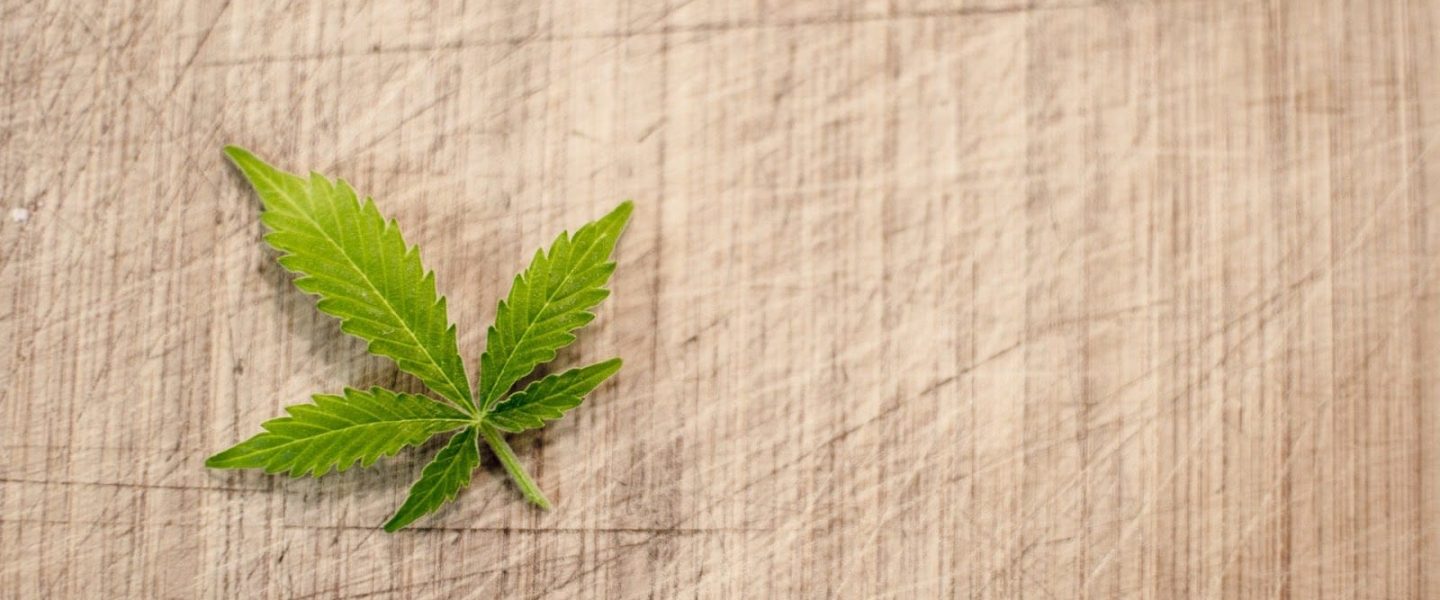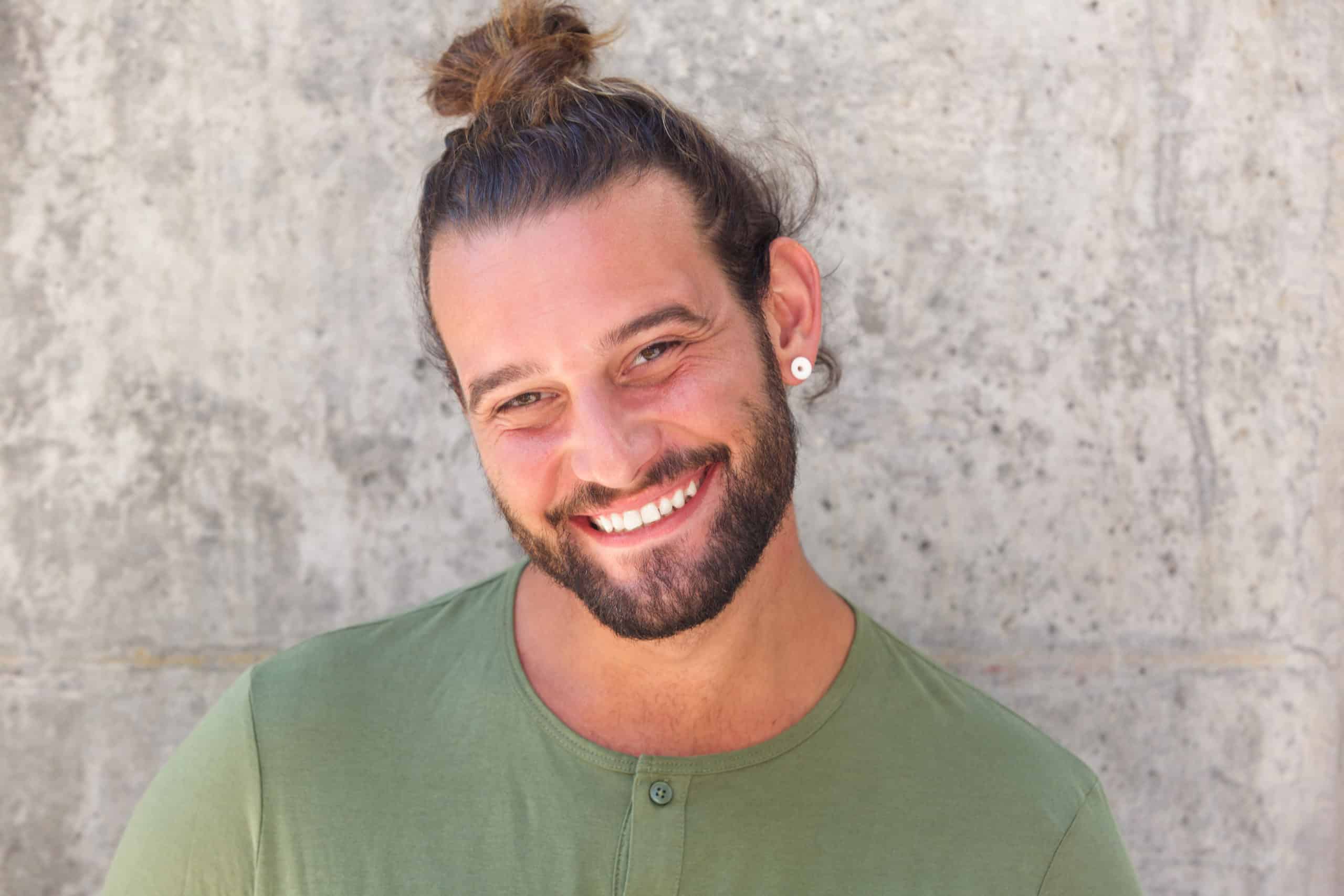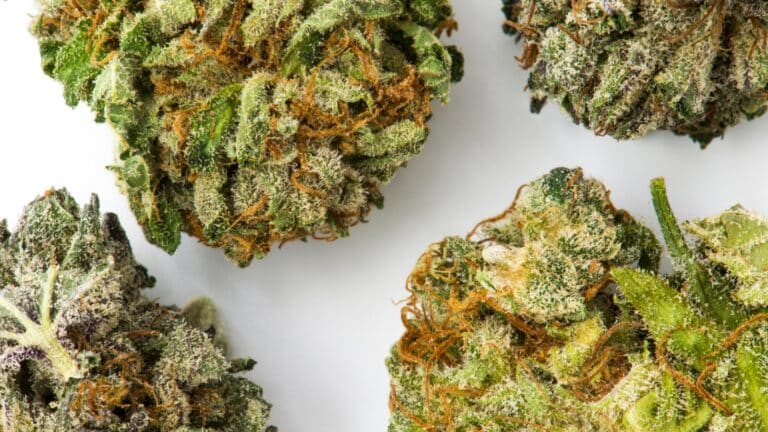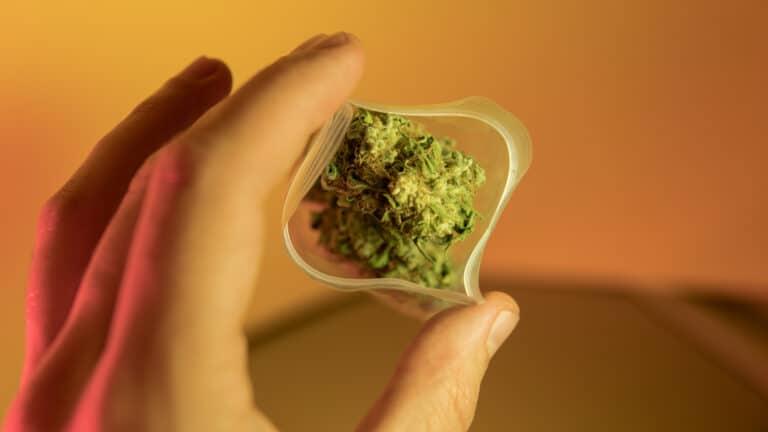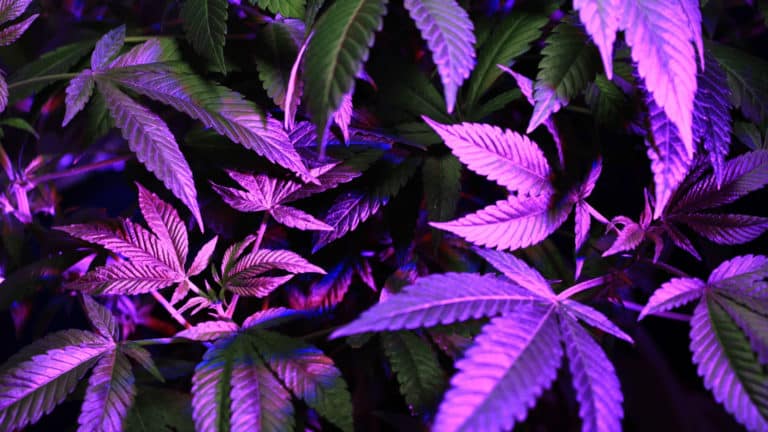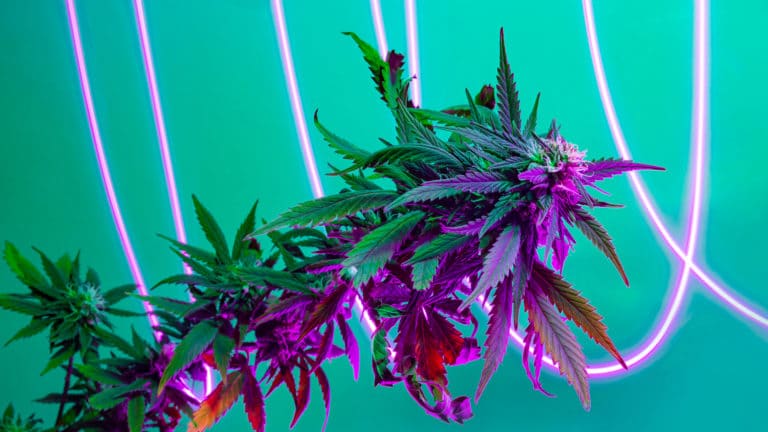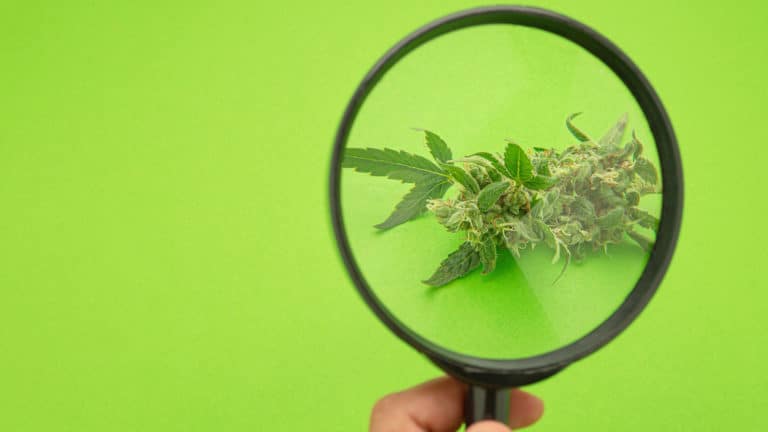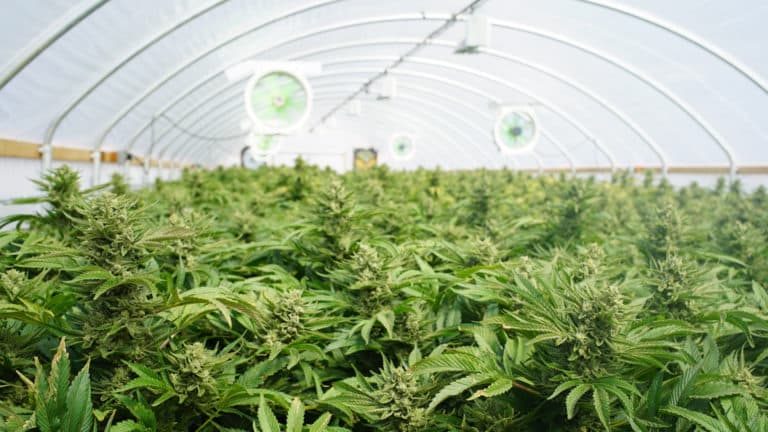If you haven’t smoked weed before, you probably have a sense of wonder about what to expect. However, there is often fear associated with first-time marijuana use as well. The fear surrounding marijuana use primarily comes from decades of Drug War propaganda, including an official declaration of war by Nixon in 1971. But, you’re not here for a history lesson. You are interested in learning how to have a safe, enjoyable experience your first time trying marijuana.
Common questions for first time users include: What does it feel like? How much should I use? How stoned am I going to get? Interestingly, no two people have the exact same experience, and this is the beauty of marijauna. In this article, we combine multiple experiences– from first time users to everyday potheads living the cannabis lifestyle.
Cannabis affects its users differently, and for some first-time smokers, it will have no effect on them at all. This was true not only for my first-time experience, but many of my friends as well. This experience is not uncommon. If you don’t feel anything after smoking your first time, repeat the process and make observations of your experience. Some first- time users report feeling light-headed, while others experience a complete sense of euphoria.
There are several factors that contribute to the overall experience of cannabis consumption: physiology, dosage, strain type, and current psychological state. Based on these variables, you could feel hungry, drowsy, or energized after consumption. You could feel some unpleasant side effects as well, but these can be mitigated with proper dosing and an understanding of how your body will react to cannabis.
Marijuana and Its Effects
Those with a minimal understanding of marijuana generally limit their knowledge of the plant with the associated “high” feeling experienced by users. But, what does it feel like to get high? Where does marijuana come from? What exactly is this substance you’re about to inhale?
It is believed Marijuana initially evolved in the Steppes of Central Asia approximately 12,000 years ago. Throughout the next several thousand years, humans came to understand its spiritual and medicinal value. In the 1940’s, scientists discovered that marijuana contains dozens of chemical compounds called cannabinoids. These compounds are responsible for the various effects experienced by users such as a euphoria, relaxation, and/or a boost in mood.
Some cannabinoids have psychoactive effects, while others do not. Cannabinoids stimulate endocannabinoid receptors in the brain and nervous system, providing the “high” feeling that can be impairing. The cannabinoid, THC, is responsible for this effect, and it is found in most marijuana strains on the market. Although some enjoy the psychoactive effects from consuming THC, others do not. Those trying to avoid marijuana impairment should seek products high in CBD content instead of THC. CBD is the cannabinoid most recognized for its non-psychoactive, pain-relieving qualities.
The effects of smoking marijuana can manifest as a change in mood or altered perception about the world we know. This heightened state of sensory awareness has long been used to alleviate anxiety as well as symptoms associated with glaucoma, PTSD, and depression. It also has the ability to stimulate the mind in such a way that reasoning becomes more efficient and mood becomes calmer.
There are many other medicinal benefits of marijuana. Contrary to popular belief, marijuana can provide a sense of focus for those struggling with attentional issues, as it has been prescribed to treat ADD/ADHD. Medical marijuna is also used to stimulate appetite and alleviate insomnia– both of which are symptoms associated with a myriad of medical problems and diagnoses.
Different Kinds of Cannabis
There are many factors at play when gauging the effects of cannabis consumption on your body. First and foremost, most cannabis strains have some THC in them, and different strains carry different amounts of the cannabinoid. Strains also have varying amounts of other cannabinoids such as CBD, CBN, CBG, THCV, or CBC. Finally, the phytochemical terpenes within cannabis strains produce their own particular effects, aroma, flavor, and appearance.
Comparing different kinds of cannabis is no different than comparing coffee beans or wine; there are differences in potency, quality, cost, flavor, and aroma. Similar to wine primarily categorized as red or white, cannabis has two dominant sub-categories as well: indica and sativa.
Indica cannabis strains will likely relax your body and mind. Many cannabis enthusiasts mnemonically refer to these strains as “in-da-couch” because of their sedating effects. Indicas are widely used to reduce anxiety, muscle tension, chronic pain, nausea, and restlessness. If you’re looking for different effects, however, search for sativa strains rather than indica.
Sativa strains generally produce uplifting, stimulating effects. It’s best to consume these strains if you are looking to see the world in another way, or you want to go out and socialize. These strains are often popular because they are more suitable for daytime consumption than indica strains.
Hybrid cannabis strains are widely available as well. These strains strike a balance between sativas and indicas. Hybrids often produce feelings of relaxation while reinvigorating mood and creativity– the best of both worlds. As citizens and governments become more comfortable with cannabis, our understanding of strains will greatly improve with scientific study.
Cannabis Consumption: Smoking
If you’ve shopped at a dispensary, you’ve seen the incredible variety of available cannabis products and their respective modes of consumption. There are several ways to consume cannabis, but smoking is the most popular. You can burn and inhale cannabis buds with a bong, pipe, blunt, or joint.
A “bud” is the processed remains of the flower that blooms from the marijuana plant itself. Smoking cannabis actually starts with grinding the bud. Once you have picked any seeds and stems and broken the bud down, you can then put the end product into a bowl, wrapping paper, or dug out. If you put the ground cannabis in a wrapping paper and roll it up, you get what is called a joint. This tends to be the most popular method for smoking marijuana, but many choose other ways to smoke as well.
There is much debate whether smoking cannabis is less harmful to the lungs than smoking tobacco. It is clear that smoking cannabis still carries the same health risks that come from combusting any substance and inhaling the smoke into your lungs. For this reason, vaping is another popular form of cannabis inhalation. Vaping devices deliver concentrated forms of cannabis with fewer inhales than smoking, and may be a healthier form of consumption.
Can I Get High without Smoking?
If you are looking to get high without inhalation, there are two solutions: tinctures and edibles. You can take drops of concentrated cannabis oil (tincture) under your tongue, or you can eat an edible. Depending on how many milligrams of THC are in the edible or tincture, the duration of the high can last 3–6 hours. There are also topical lotions, balms, and creams that don’t deliver a high, yet offer local pain relief for over 6 hours. These are made with hemp oil extract which is primarily CBD.
Edibles, however, are often produced with very high doses of THC not recommended for beginners. Read the edible packaging for total milligrams (mg) of THC, and then break down the product into smaller doses. In addition to edible dosing considerations, it’s also important to know it could take up to 90 minutes to feel the effects after consumption. If you eat an edible and are concerned you’re not feeling anything, wait at least an hour before eating more. If you don’t have much experience with edibles, always remember to start low and go slow. The effects of edibles do last significantly longer than smoking; but if you feel discomfort in any way, focus on the fact that you took a mind-altering substance, and its effects will gradually disappear.
Tips for First Timers:
For your convenience, we have put together 5 essential tips to help those who have never smoked before. Most cannabis consumers agree that these tips help create the best experience possible for those getting high the first time.
Tip #1: Drink Water
Dry mouth, or cottonmouth, is the most common side effect of smoking cannabis. It is a good idea to have a source of water nearby to rehydrate and keep your mouth moist. You might want to drink water before you start smoking too.
The dry mouth from cannabis is only temporary and nothing to worry about. THC binds to endocannabinoid receptors in the submandibular gland of your brain. This gland is responsible for producing saliva in the mouth. THC stops the signal for saliva production, thus creating dry mouth. Once the effects of the THC cease, then your body systems return to normal and the cottonmouth side effect disappears.
Tip # 2: Know What You’re Consuming
When trying marijuana for the first time, it is important to avoid overindulging. It’s best to start low and make observations about how your body and mind react. Most recommend taking 1-2 inhalations of smoke or vapor, or eating a 5-10mg edible.
For your first time, keep it simple and start off by sharing a joint with a friend. Smoke at a slow pace rather than jumping into the deep end and trying to keep up with more experienced smokers. It’s also probably best to let someone who knows how to pack a bowl or roll a joint show you how to do it before you try.
If you are smoking with someone who is also a novice, it will be helpful to buy a pre-rolled joint or ask a cannabis competent friend if they can show you. Alternatively, you may have the option to ask a dispensary associate to do it for you. These inquiries are completely acceptable as these staff members are there to assist you. You’ll also find that most of these industry folks are more than happy to help a newcomer.
It’s important to understand that smoking cannabis might not immediately affect you. Give it a few minutes to see how you’re feeling, and inhale again if you’re ready. Remember that cannabis strains have different effects and different potencies as well. Each time you try a new strain, make observations of the effects on your body and mind.
Tip #3: It’s Okay to Cough
Many first-time smokers feel the need to demonstrate competency by not coughing when they smoke. It’s perfectly okay and actually encouraged by some to cough! You are literally inhaling something into your lungs. It’s not going to feel great, but it will likely get you higher than not coughing. However, it’s still recommended to start with small hits before you move on to bigger ones.
Tip #4: Listen to Music
The altered perception created by cannabis can be heavenly. For my first time, I requested listening to Fleetwood Mac, and it was the greatest decision of my life! You get to hear the music and feel it in a way you’ve never experienced before.
If there’s a certain song or artist that you don’t really understand, it’s fun to experiment with cannabis to attempt to understand. Rap music fell into this category for me. I was never into it because my family wouldn’t allow it, but listening to Kendrick Lamar while high gave me a new perspective of the entire genre.
Music produces an emotive response in everyone. Choosing songs that you and your friends enjoy sets a nice tone for your first time using marijuana. Your favorite music will undoubtedly make the experience enjoyable, particularly in the company of good friends.
Tip #5: Smoke Socially
It is not the best idea consuming a mind-altering substance with no prior experience by yourself, especially with cannabis because it affects everyone differently. Having someone there whom you can trust is the best advice I can provide. Trusted friends can help keep you grounded if you have an overwhelming sense of paranoia or general distress.
Once you have more experience smoking weed and understanding its effects, your limits will become clear. Then, you can also start smoking alone if that’s what you prefer. Personally I’ve always been a fan of smoking with others, but there are many solo smokers too.
While smoking together, It’s also helpful and fun to discuss the cannabis effects you’re feeling. Whether it’s giggly, euphoric, sleepy, or paranoid, be honest with how you feel, and your friends can help you with any unpleasant sensations.
Final Thoughts on Trying Marijuana for the First Time
Hopefully after following these recommendations, your first time trying marijuana will be memorable for all the right reasons. Sharing the experience with close friends–preferably those familiar with marijuana–and watching a movie or exploring crazy concepts will enhance the amazing qualities of this drug.
Again, drink plenty of water before, during, and after smoking. Choose music to create the right mood, surround yourself with people you like, don’t be afraid to cough, and of course, enjoy the experience.
Additional Resources:
At The Weed Blog we strive to produce the latest online news resources regarding marijuana. We also review various strains of cannabis as well as their edible counterparts. We are committed to helping you find valuable information about marijuana on our website. With marijuana laws constantly changing, learn from us what you can do to promote activism in your area. Otherwise, consider these other top-tier articles regarding cannabis:
What Does The Bible Say About Weed?


